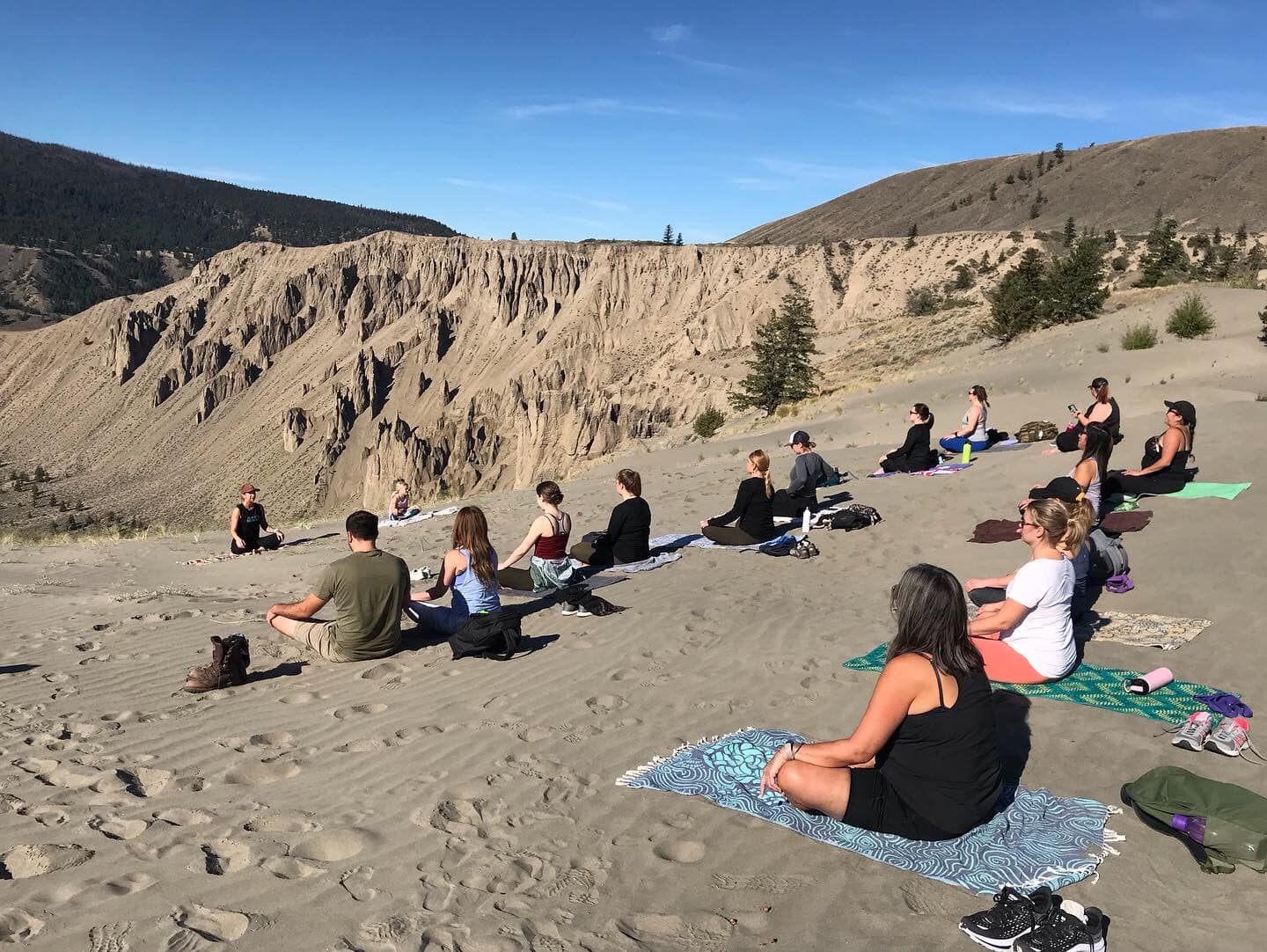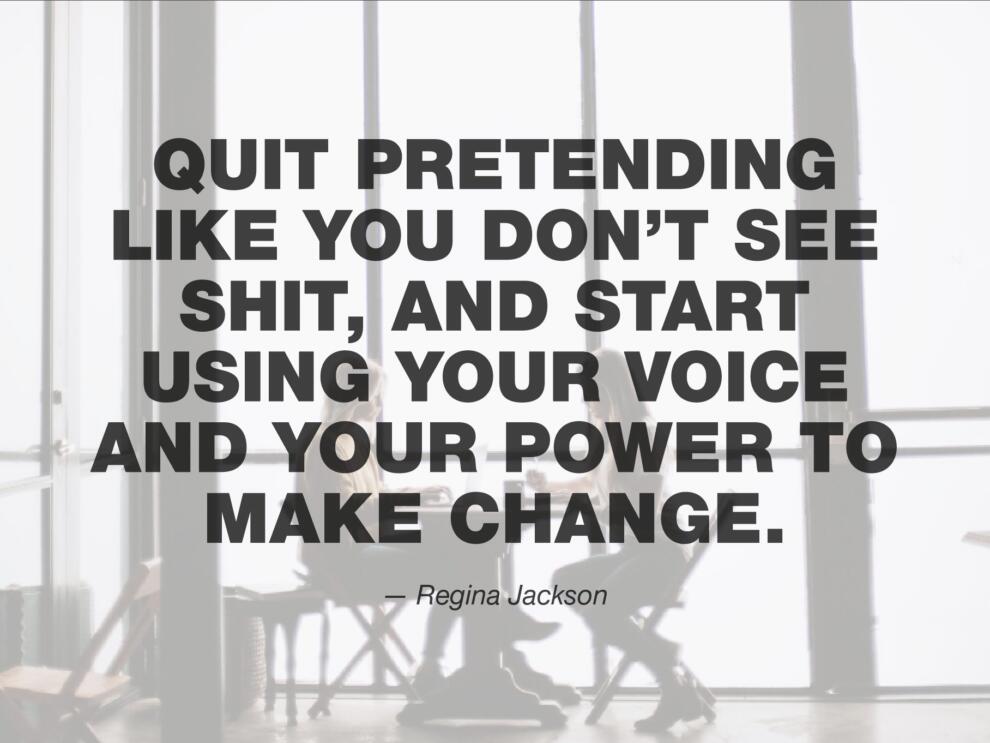Dr. Cindi Saj : A Personal and Professional Journey Toward Integrated Healing and the IDEA Framework
In our current fast-paced world, many people grapple with low self-confidence, insecurity, stress, anxiety, and emotional turbulence. While there are numerous evidence-based theoretical orientations available to address various mental health challenges, emerging research is beginning to explore the integration of congruent modalities to enhance the healing journey.
As a therapist with over 14 years of experience and a dedicated yoga practitioner for more than a decade, Dr. Cindi Saj witnessed the transformative power of harmonizing these two deeply meaningful aspects of life. This integration provided her with a slower, more mindful path to health and wellness.
Keep reading to learn more from Dr. Saj about her research and the unique framework she’s developed to help people with their healing journey.
Q . Your approach blends positive psychology with somatic healing and therapies like EMDR and hypnotherapy. How did you come to integrate these practices, and what shifts have you noticed in clients when body and mind are treated as one system?
In all my work with clients, I strive to empower them to utilize their inherent strengths and acknowledge their capacity for self-healing. This approach resonates with the principles of positive psychology, which emphasizes the belief that we all possess the tools necessary for our recovery. By attuning ourselves to the body’s language, we can harness the connection between body and mind—facilitating a reciprocal healing process. This marks the first intersection of positive psychology and somatic healing in my practice. As I progressed on this journey, I recognized the value of incorporating bilateral stimulation and Eye Movement Desensitization and Reprocessing (EMDR) into my clinical work. Additionally, I began exploring clinical hypnotherapy and its synergy with positive psychology to foster self-esteem and reinforce clients’ dignity and worth.


Q. What is the IDEA Framework, and what inspired you to create it?
Through this pursuit of healing—recognizing the power of our minds and bodies—combined with evidence-based clinical modalities, I have uncovered a new pathway to wellness that requires no foreign drugs, chemicals, or hormones.
This holistic approach to health and wellness became the foundation of the IDEA Framework—an integrative therapeutic model I developed alongside Dr. Rosina Mete, aimed at supporting emotional, psychological, and physical well-being. Initially published in the International Journal of Positivity and Wellbeing, this research signifies both a professional milestone and a personal mission. The IDEA Framework is underpinned by a literature review examining how positive psychology, bilateral stimulation, clinical hypnotherapy, and yoga each contribute to enhancing self-esteem and establishing safety and stability in those seeking healing. By integrating these modalities, we can discover a cutting-edge approach to recovery.
Q. Can you walk us through the components of the IDEA Framework and how they work together in practice?
The IDEA Framework provides a structured method to seamlessly combine various healing modalities that I have mastered, yielding something novel, practical, and promising. It promotes a mindful, educated, and experiential approach to integrating therapeutic techniques that are seldom used in tandem.
Positive psychology focuses on individual strengths and virtues, encouraging a shift from problem-solving to enhancing overall well-being. Techniques such as affirmations and strengths identification empower clients by fostering their inherent capabilities.
Bilateral stimulation, a core element of EMDR, employs rhythmic stimulation of both sides of the body or brain—through eye movements, tapping, or physical actions. Research has demonstrated that this method can aid in processing traumatic memories, reducing their emotional weight, and facilitating cognitive integration (Shapiro & Brown, 2019).
Clinical hypnotherapy is another valuable avenue toward healing. It grants access to the subconscious mind, allowing clients to unpack deep-seated beliefs and traumas affecting their quality of life. Through guided relaxation and visualization, I help clients reframe negative thought patterns, paving the way for transformative healing. The practices of hypnotherapy often align seamlessly with guided meditation and savasana, commonly practiced at the beginning and end of yoga sessions. As we connect the mind to the body, we reinforce the belief—held by many yoga practitioners—that the body can also heal the mind. This perspective has been a vital component of my research. Integrating these elements within yoga practice allows us to cultivate self-esteem, autonomy, safety, and stability.
Q. What did your recent workshop reveal about how the IDEA Framework works in real-life settings, and what are your hopes for future research?
With a desire to ensure that my approach was both ethical and safe, I initiated a research experiment with approval from Yorkville University’s research ethics board. I hosted a Yoga-Based Psycho-Neuro-Somatic Therapy (YPNT) Experimental Workshop, gathering 12 participants to test the underlying hypotheses of the IDEA Framework. I have analyzed the qualitative and quantitative data, and I am thrilled to report that the preliminary findings are encouraging.
While the full research findings will be compiled and shared in a forthcoming academic journal, I remain committed to continuing the YPNT Workshops and look forward to sharing my research as it continues.
Q. How does combining different therapeutic modalities like hypnotherapy, EMDR, yoga, and positive psychology, support deeper, more lasting healing for clients?
The integration of these modalities provides a multi-dimensional approach to therapy. For instance, a client dealing with trauma may begin with hypnotherapy to uncover suppressed memories, utilize bilateral stimulation to process these experiences, engage in yoga to ground themselves in the present, and apply positive psychology techniques to cultivate a hopeful outlook for the future.
So far, my research supports the notion that combining these modalities enhances neural connectivity, improves emotional regulation, and reduces stress responses. This method not only addresses symptoms but also empowers clients to actively participate in their healing journey.

Q. What do you hope the IDEA Framework offers to both clients and fellow therapists looking to create deeper, more accessible healing experiences?
The IDEA Framework presents a universal, comprehensive, client-centered approach to therapy, integrating diverse modalities to address the complexities of human experience. By establishing a foundation of safety, promoting stabilization, and empowering each individual, we can facilitate profound healing and lasting well-being. This approach is accessible in both one-on-one and group settings, making trauma recovery inclusive and attainable.
Embracing integrative methods can fundamentally transform the therapeutic experience for both therapists and clients, ensuring it is holistic, effective, and empowering. My hope is that this work not only supports my clients on their healing paths but also provides practical tools for anyone seeking to reconnect with their inner strength. I look forward to advancing the exploration of integrated, heart-led therapy that can change lives for the better—using the tools we already have.
Q. Where can readers learn more about the IDEA Framework and how it’s being applied in practice?
For the full article, including references and examples of the model in action please visit the International Journal of Positivity and Wellbeing
Learn more about this research and connect with Dr. Cindi Saj, a Ph.D., author, psychotherapist, EMDRIA-certified EMDR therapist, professor, yoga teacher and healing practitioner. https://www.cindisaj.com/ or https://www.linkedin.com/in/cindi-saj-634904340/
Reference:
Shapiro, R., & Brown, L. S. (2019). Eye movement desensitization and reprocessing therapy and related treatments for trauma: An innovative, integrative trauma treatment. Practice Innovations, 4(3), 139–155. https://doi.org/10.1037/pri0000092






